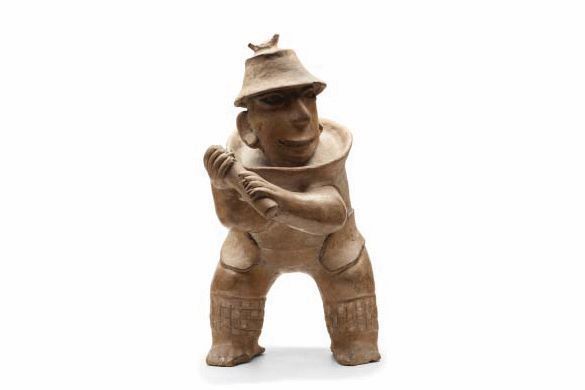Unveiling the Mysterious Death Practices of Ancient Western Mexico
Uncover the Tyrian Tombs tradition and the remarkable artistry of Western Mexico's ancient art. This journey through time offers insights into Mesoamerican societies during the classical period and their beliefs and practices surrounding life and death.





